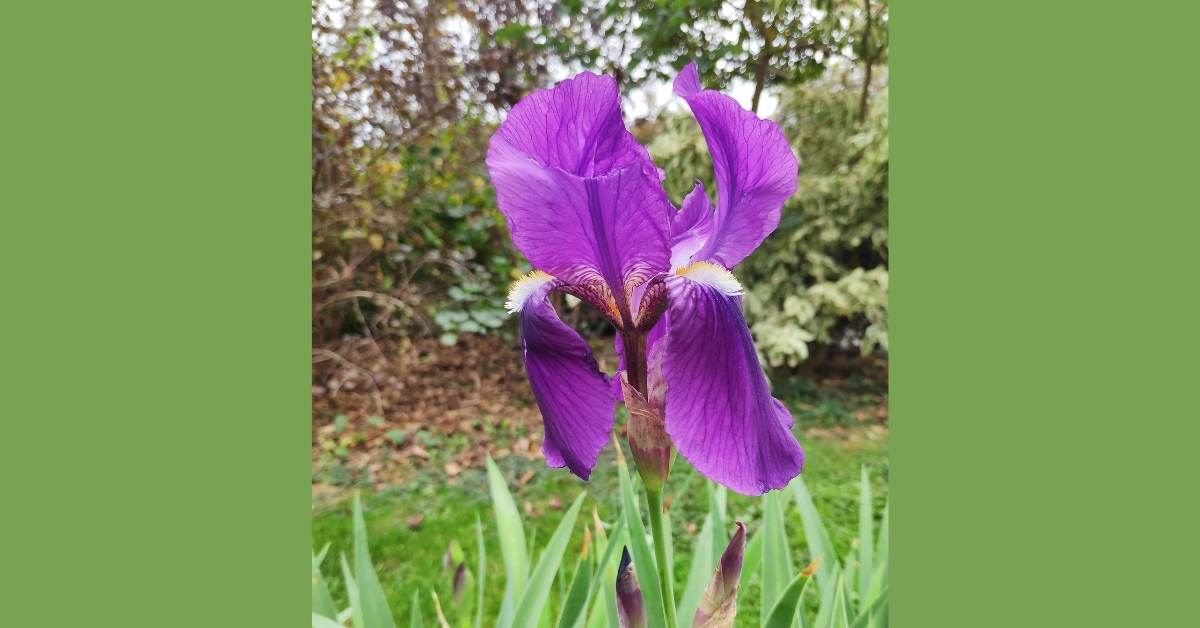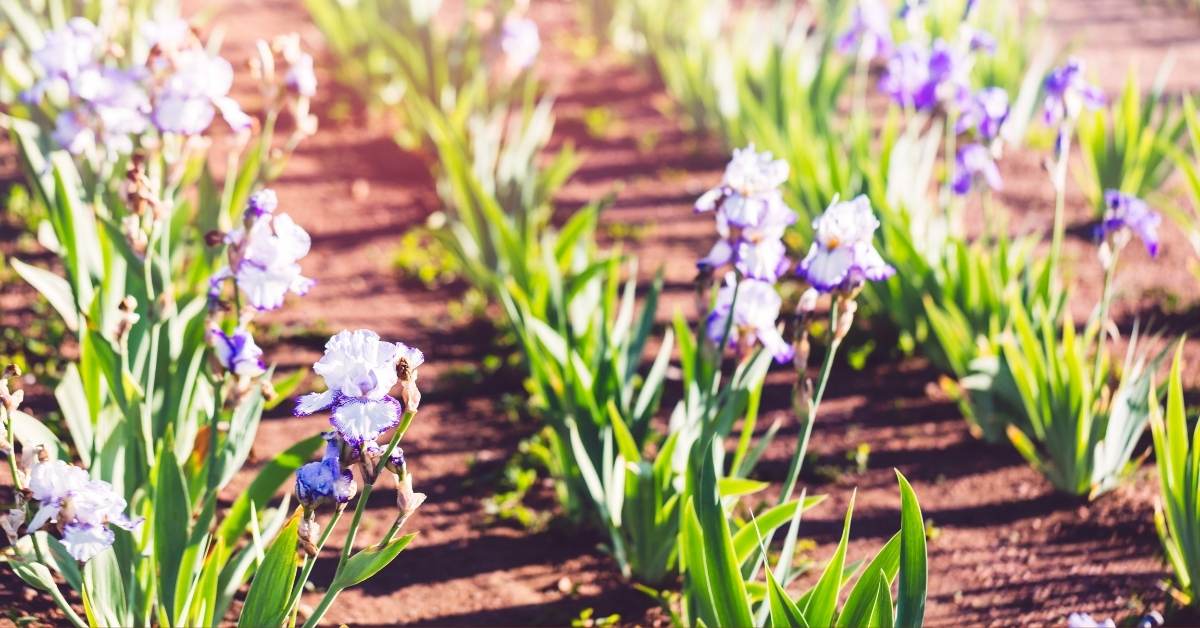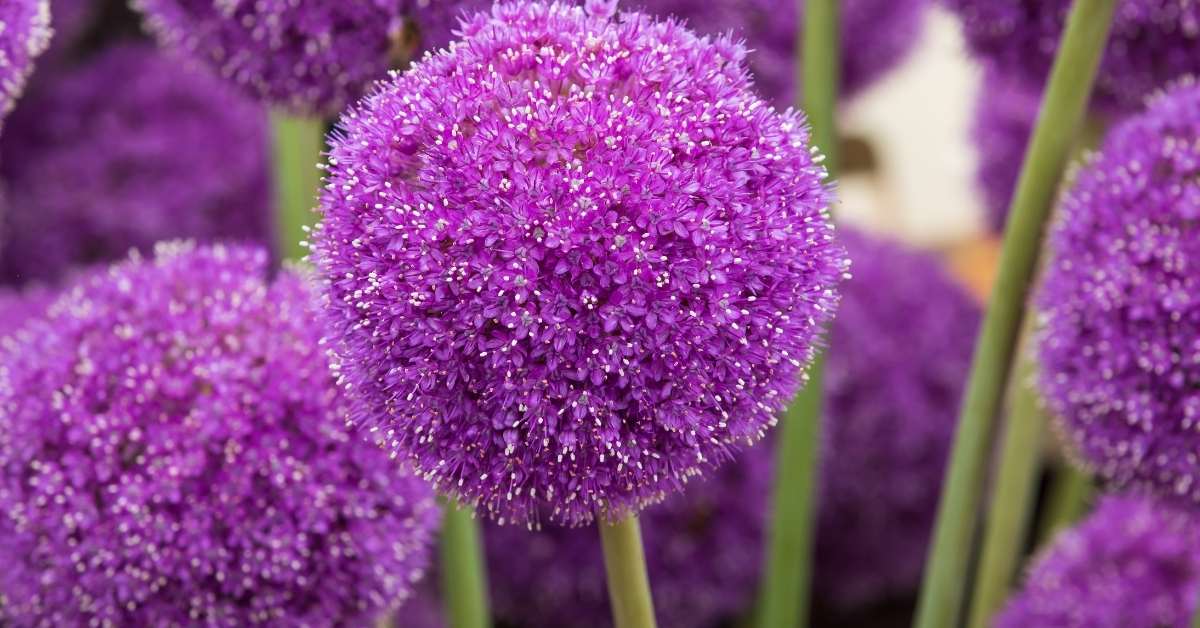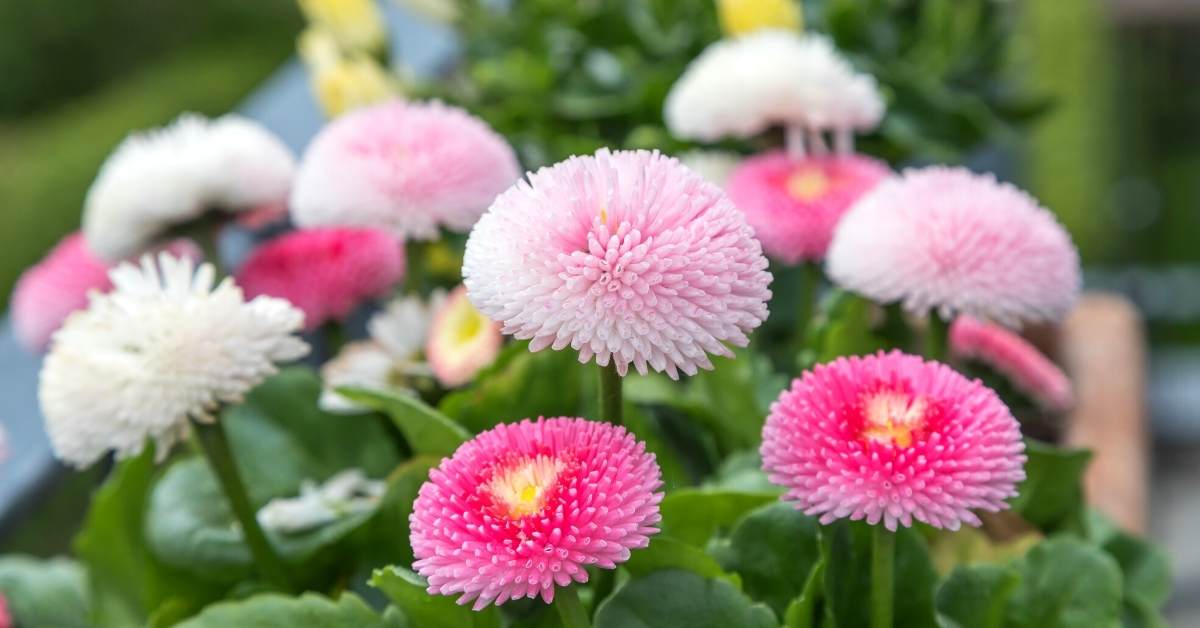Growing bearded iris is one of the great garden adventures because of the wide variety you can pick from – for almost every garden setting. This page will deal with the most popular garden iris – the Bearded Iris.
When you think of iris, the odds are you’re thinking of Bearded Iris. These fragrant plants with their huge blowsy flowers have captured the hearts of many an unwary gardener, and like many love affairs, there’s a broken heart or two strewn along the way.
Growing Bearded Iris
Bearded iris comes in several different heights. If you live in a windy area, you are well-advised to avoid the tall bearded varieties because they are quite susceptible to wind damage (and brain damage) unless you want to stake them securely.
I grew to enjoy the mid and short-bearded plants very much. Because I’m a lazy gardener, I put my taller bearded varieties in the back of the garden next to sturdy perennials that would support the flower stalks.

Light requirement
Growing iris demands full sun or very light shade in well-drained soil. Soils that hold moisture will rot out the rhizome over the winter, leaving you with a mushy, yellow slime instead of a firm root. Growing iris is not a problem in USDA zone 3.
The rhizomes are divided 6-8 weeks after blooming, leaving a piece of rhizome and roots with each successive division. These are very tough plants, and division is done with a shovel and a strong arm.
Whacking off a bit of a plant to share or increase your own flower show is a firmly established tradition in the garden world. The only caveat to this is to plant the rhizome, so the fleshy part shows while the trailing roots on the bottom are well buried.
If you plant the rhizome too deeply, it will grow like mad but not flower.
If your growing iris – – well, stops flowering or reduces the number of blooms it is producing, dig and divide it. This will happen every few years.
Disease
There are two problems associated with growing iris that you’ll eventually see. The first is the dreaded iris borer and the second thrips.
If you grow bearded iris sooner or later (usually sooner), you’ll see this iris borer. The borer eggs overwinter on plant debris or on the crown of the iris plant (eliminate all plant debris in the fall).
In the spring, the tiny caterpillars hatch out and climb up the leaves to chew a small pinprick of a hole in the leaf. They eat themselves into the center of the leaf and start tunneling down.
You’ll see a small pinprick damage area and brown streaks extending downward from the pinprick as the borer works its way down through the center of the leaf. The leaf tips will likely go brown if there are enough of them.

By the middle of the summer, the borers are now 2 inches long and are at the rhizome where they begin to tunnel and eat.
The tunnels they create are perfect sites for bacterial soft rot to invade, so if the borer doesn’t kill your plant, the rot will. You’ll know you’ve got iris bacterial soft rot because the root will go soft, mushy, and really foul-smelling.
In late August, the caterpillars’ pupate turn into moths, and these moths lay eggs on plant debris to complete the cycle.
How to cure Isis?
The cure is constant attention. Inspect the iris every summer for damage. Look for spotting (dark spots on the leaves), and once these spots are seen on the leaves, look carefully at the rhizome.
During propagation time for your growing iris, you’ll have to dig up the rhizome to cut out the damaged areas and kill off the borer. (step on it)
No organic spray will act inside the plant and kill off the protected borer (it’s inside the plant hidden safely away).
Dusting the plant in early spring with diatomaceous earth has been shown to be somewhat effective in controlling the caterpillar stage.

Late summer and early fall sanitation are critical to preventing egg-laying sites. Clean up all iris bed areas immediately after the first killing frost to eliminate any overwintering eggs.
Nematodes have been shown to be quite effective at attacking the pupating borers, so if you’re using them on your lawn, a few spread over on the iris bed will not be wasted.
Thrips are tiny flies that lay their eggs in the developing buds, and when the eggs hatch out, the larva scrapes away at the flower surface. You’ll know you have thrips because your flower will be mottled and streaked or will not even open up but appear to be rotting.
Control thrips by spraying with insecticidal soap or dusting with diatomaceous earth or rotenone as soon as you see the buds starting to form. Blue sticky cards hung in the garden attract flying adult thrips, and control is quite good with these.

